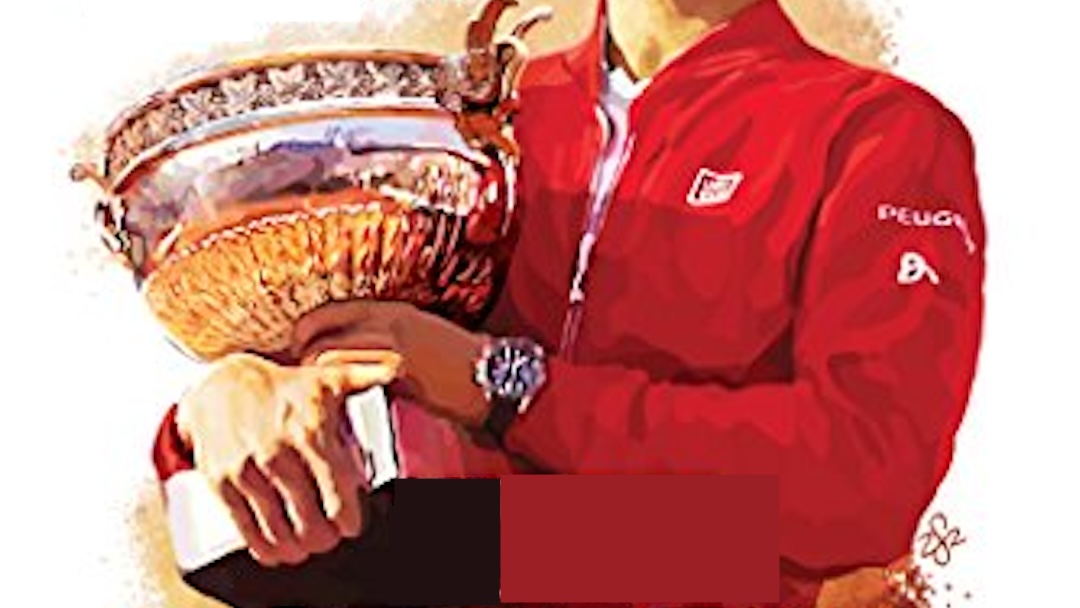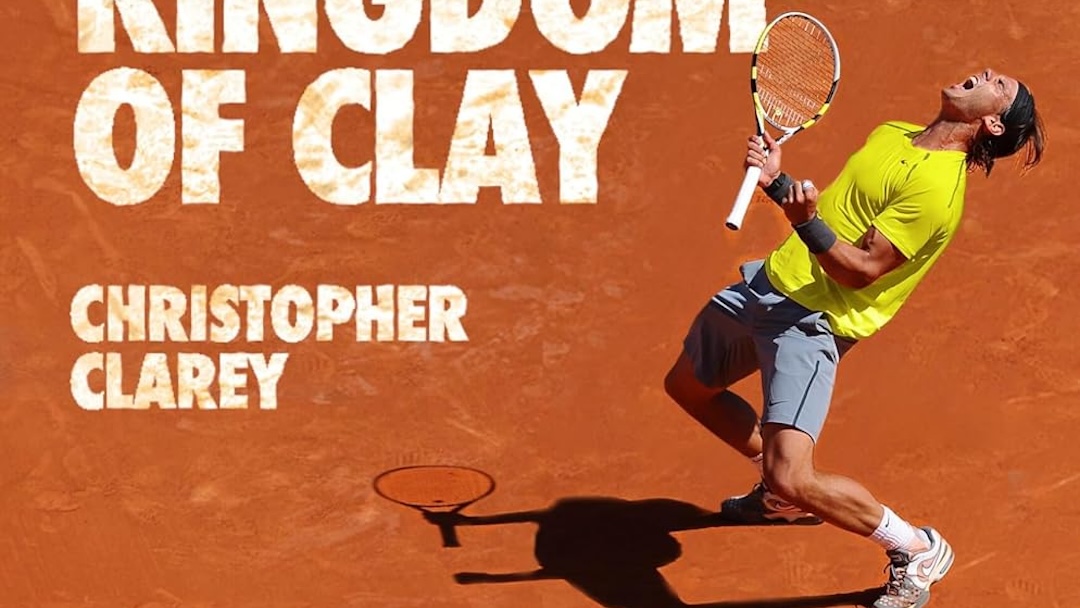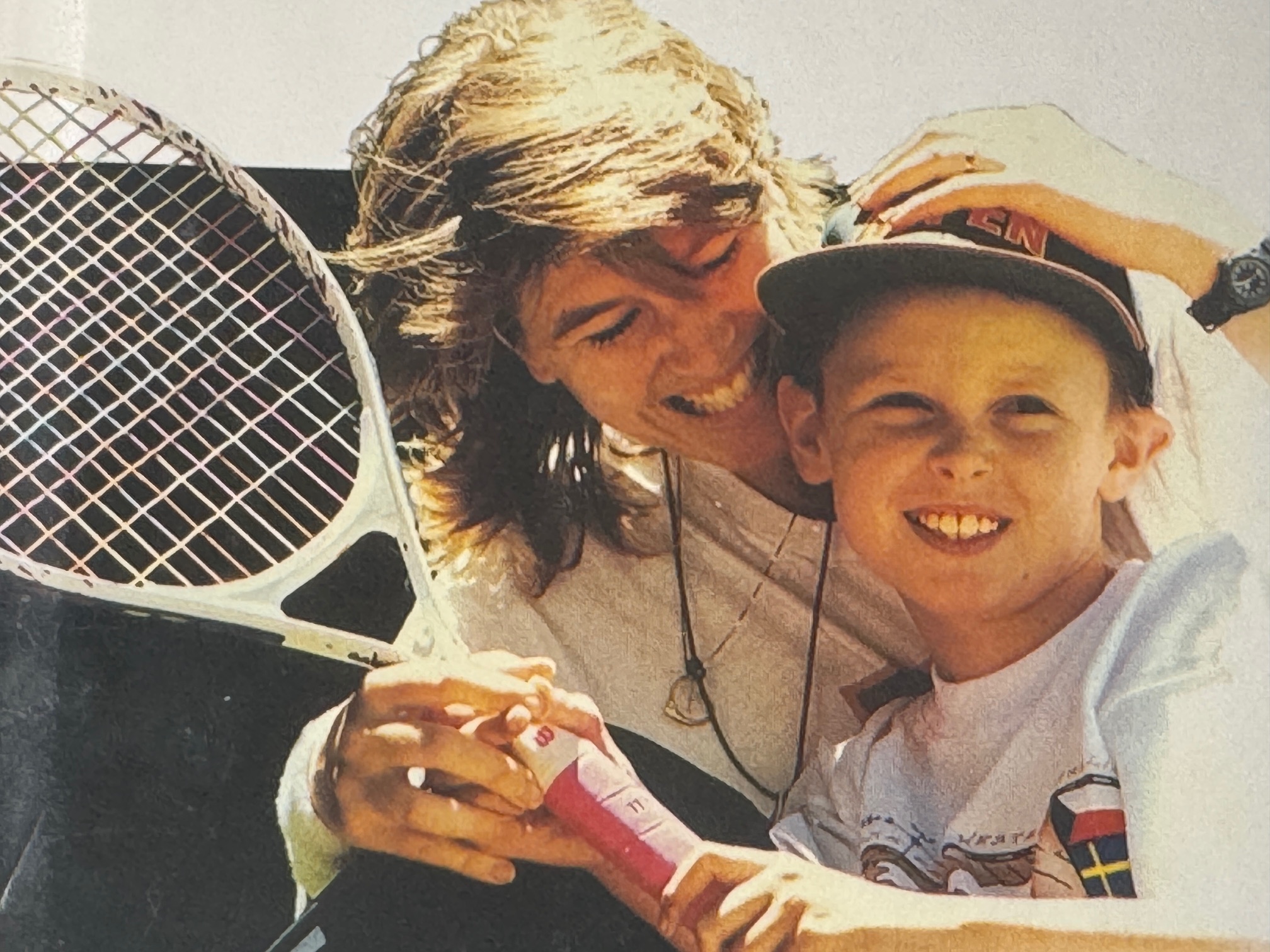Just in case it isn’t obvious from the fact this blog has been pushing out original content daily for over five years, I love tennis. At the same time, I spend a lot of time highlighting ways to improve the sport, particularly for the Adult recreational players who embody the promotional slogan that “tennis is a sport for life.” I am aware that sometimes people are uncomfortable when problems in the sport are highlighted and are challenged by any hint of critical perspectives. Over the past five years, promoting tennis has become one of the overarching objectives of this site. However, another purpose is to relentlessly explore ideas to make the sport better so it can continue to thrive. That necessarily means that problems and opportunities must be recognized, acknowledged, and analyzed so that they might one day be solved.
One of the concepts shared in the “February” chapter of Gretchen Rubin’s book, The Happiness Project, is the concept of “Fight Right.” Conflict is healthy rather than destructive when handled properly. The difference between the happiest and unhappiest couples doesn’t correlate to how often disagreement arises but rather how it is handled. Rather than avoiding arguments or suppressing emotions, approaching challenging topics should be conducted respectfully, focused on problem-solving, and reflect self-awareness of how words and tone affect both the immediate outcome and enduring relationship.
Every once in a while, I describe the culture of the organizational arm of tennis as “toxic positivity.” That term encapsulates a “positive vibes only” culture, where everyone is pressured to maintain an upbeat attitude at all times, even in the face of legitimate concerns, challenges, or negative emotions. Sometimes, positivity can be absolutely beneficial, and people generally want to work with others who are upbeat and optimistic. However, when taken too far, real problems are dismissed or invalidated, which prevents open communication and critical problem-solving.
Conflict avoidance isn’t consistent with Rubin’s “Fight Right” concept because it pressures people to ignore or dismiss real issues that must be addressed. Suppressing concerns allows small, solvable problems to fester and sometimes escalate into crises. Worse, it can lead to disengagement, frustration, and even burnout. The tennis organizations primarily relying on a volunteer workforce should discourage conflict avoidance while fostering open and honest debate. It is the lifeblood of growth and progress.
One of my own “Fight Right” ideas that I strive to project on this site is to avoid content that strictly highlights problems without also attempting to identify solutions. While I think a couple of posts may have started with an issue and mostly worked backward to identify the root causes, that is always intended to build essential insight necessary for effective problem-solving. Myopicly complaining about anything is inconsistent with the principles of “Fight Right.” However, when critiques are combined with recognizing, acknowledging, and analyzing problems, the door toward eventual resolution is opened.
Along those lines, I love it when people come up to me and say that they really liked a particular post on this site or my content in general. (Who wouldn’t?) However, I like it even more when someone opens a dialogue with me over a post they disagree with. Some of my most rewarding conversations about tennis have been sparked by exposing me to perspectives that aren’t in lockstep with my own. It is always tremendously valuable to broaden our horizons. It would be a very boring and stagnant world if everyone agreed with each other all the time. Growth comes from diverse opinions and objectives.
The applicability of “Fight Right” extends far beyond romantic and family relationships. It is essential for any group of people working toward a shared goal, including those of us focused on making tennis the best it can be.
Fiend At Court participates in the Amazon associates program and receives a paid commission on any purchases made via the links in this article. Details on the disposition of proceeds are available on the “About Fiend at Court” page.
Throughout 2025, I am dedicating the first full weekend of every month to exploring how ideas from Gretchen Rubin’s The Happiness Project (<- Sponsored Link) can spark greater enjoyment and happiness in tennis. This is a non-tennis book that I have come to believe everyone should read. Seriously, you should get your hands on a copy of this book and consider trying some of the techniques described by the author.




